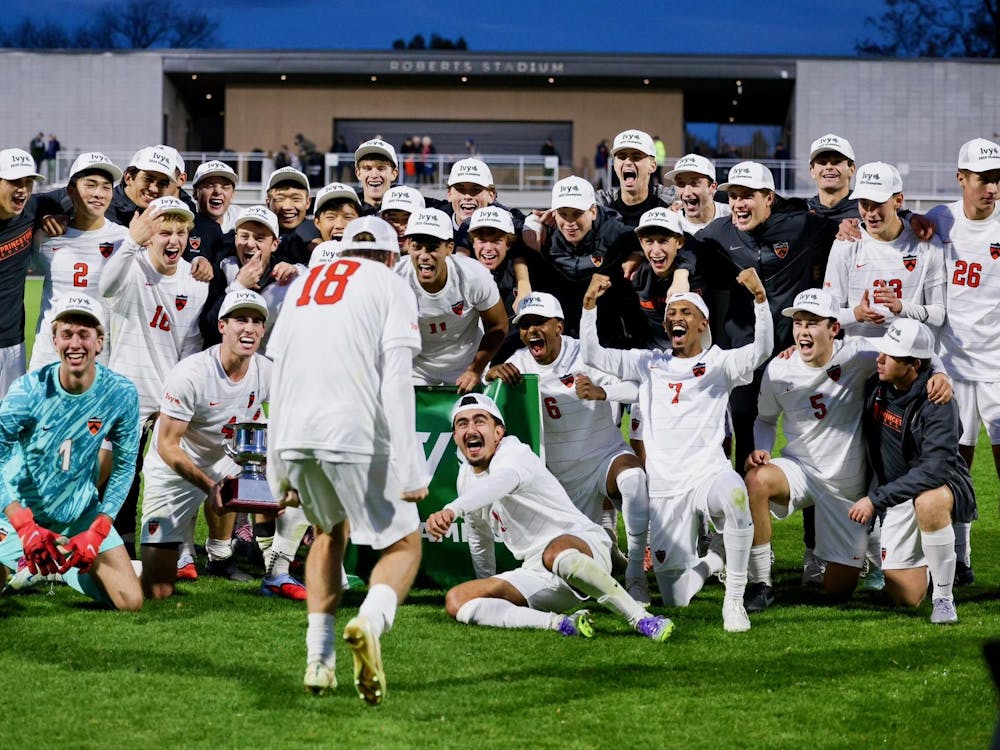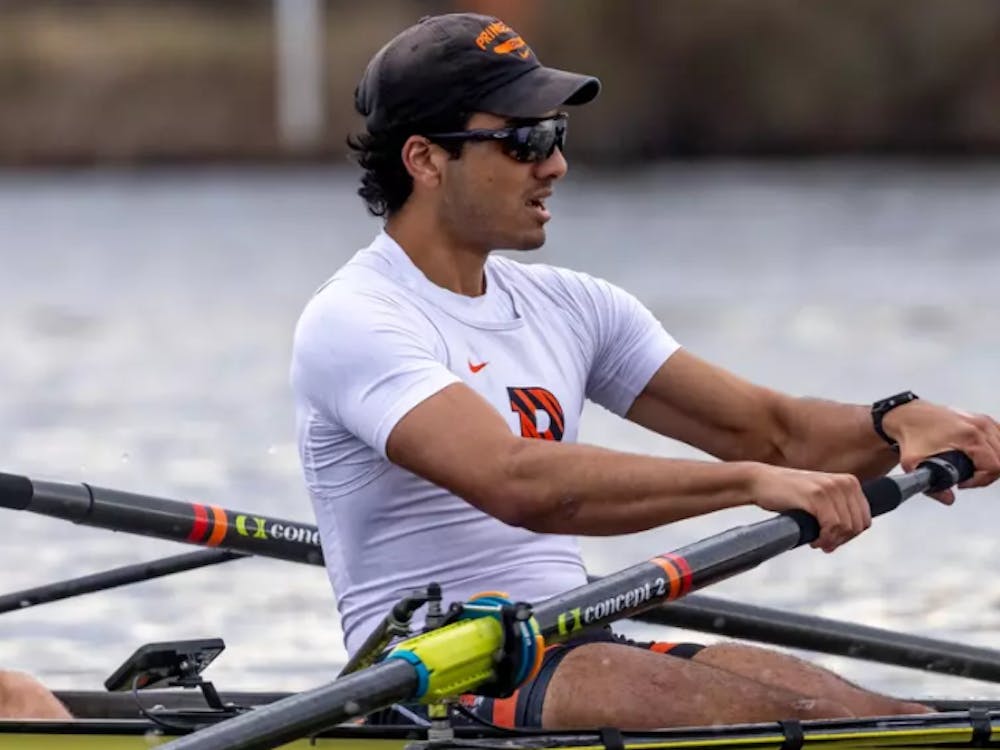“It was great to see so much orange and black at the front of the pack,” Farrell said.
This dominance is a regular occurrence in Ivy competition, where the Princeton women — who are ranked No. 1 in the Mid Atlantic poll and No. 7 in the national poll — have joined the men’s team in winning back-to-back league championships and have now won the HYP meet six years in a row.
The Tigers’ formula for success might appear simple: Run faster than everyone else and be the first to cross the finish line. The execution of team strategy, however, has been instrumental to the team’s success. The Tigers ran as a pack for the first mile and continued to push each other in groups for the rest of the race.
“I feel like this year, more than any, cross country has for all of us become a true team sport,” senior captain Megan Brandeland said. “We look at our goals for the season more in terms of where we want to be as a team than individually.”
Cross country is scored as a team sport: The places of the top five finishers from each team are tallied, and the lowest score wins. The sixth and seventh runners don’t count toward the team’s score but can affect opponents’ scores by finishing ahead of the top five finishers from other teams.
The difference comes in terms of race strategy.
“It’s so nice to have a group of teammates who are so composed and relaxed in the race,” sophomore Ashley Higginson said.
Indeed, it is easy for a runner to lose focus when isolated in such a tactical sport. The ability to rally around teammates late in a race provides a decisive advantage in holding off competitors.
Last year, for example, Yale’s Lindsay Donaldson was threatening to defend her individual Ivy League title late in the race until then-sophomores Liz Costello and Christy Johnson fed off each other’s momentum to sweep the top two spots with strong finishing sprints. This textbook execution of team strategy in a pressure situation was on display this past weekend.
“Harvard women challenged in the last mile,” Farrell said of Saturday’s race, “[but] the pack rallied to close the door.”
The pack mentality does not cater to the strengths of any one runner, unlike sports such as cycling, where Lance Armstrong could draft behind teammates in the Tour de France. Team strategy generally boosts the performance of each runner, and accordingly, the order of finish can fluctuate significantly from week to week.
For example, Costello often finishes at the front of the pack, as she did at the Old Nassau Run to open the season. This week, Brandeland was prepared to step up when needed. She led the Tigers across the finish line in 17 minutes, 45.61 seconds, followed closely by sophomores Sarah Cummings and Higginson.

Costello finished fifth, behind freshman Alex Banfich.
“I was particularly proud of the fact that they ran as a group without any egos getting in the way,” Farrell said.
The development of young talent to complement overall depth has been a staple of Farrell’s success as Princeton’s coach.
“Last year our team was very young,” Higginson explained, “so a lot of the girls are back” from the team that posted the third-lowest score in Ivy League championship history in 2007.
Despite her individual win, Brandeland only wanted to talk about the team.
“We’ve all been blessed to be in the right place at the right time,” Brandeland said. “It isn’t very often that 14 talented, dedicated women end up on a single team all in one season.”
The Tigers are motivated to improve on their sub-par performance at last year’s national championship, where they finished 14th. Next weekend provides an opportunity to face several of America’s elite programs at the Notre Dame Invitational, and Princeton will be among the favorites.







